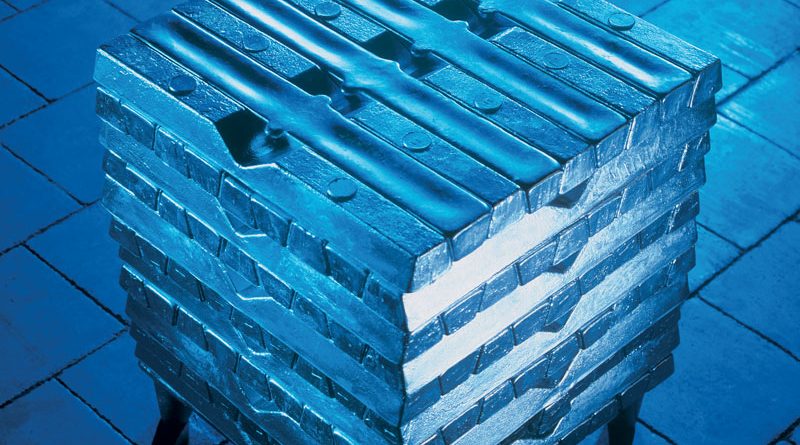Scrap Metal, From Waste to Raw Material
On World Recycling Day, Assofond underlined the central role of Italian foundries in the reuse of scrap metal
by Giuseppe Giordano
Few industries are more experienced in recycling the raw materials of their processes than foundries which, long before they were called that way, already applied the principles of circular economy with a careful management of both scrap metal and materials for casting, such as sand, recovered in very high percentages. For this reason the industry, via Assofond, felt like a leading player of World Recycling Day. This Day was first promoted by the Bureau of International Recycling in 2018 and, given the success of the first two editions, it will be celebrated steadily in coming years, managed by the newly created Global Recycling Foundation. This foundation has as its primary objective the mission of guaranteeing that recycling will remain central in order to safeguard the resources of our planet. The foundation defined recycling as a resource, just like other sources of raw material, and it is committed to supporting studies and research to show the global industrial system virtuous processes for reusing the over 92 million tons of raw materials consumed each year globally, only 9% of which is recycled. According to a recent study by the Bureau of International Recycling, recovering resources could prevent the release into the atmosphere of over 700 million tons of CO2 each year.
These highly negative figures are however very far from those that an industrial sector such as smelting could show, both in the ferrous and non-ferrous metal segments. The production process of foundries is an important example of circular economy, because the “raw material” which these companies work with is largely made up of scrap metal which is molten and reused. Smelters have always valued scrap metal highly.
The commitment of Italian foundries
During the past few years, the percentage of recovered material used as a replacement of new raw material grew constantly, reaching two-thirds of the total. This more than significant capability of recovering is first of all a fundamental help in the reduction of process costs, but it is also a general contribution towards respect for the environment because it prevents generation of waste and the social costs of its processing are eliminated.
Even production scraps are reused in the process: 95% of depleted sands produced in foundries are reused as raw materials as a replacement of sand and earth deriving from mining activities.
These concepts are the basis for Assofond’s press release for the Day, where the Association’s President Roberto Ariotti proudly reported the positive results in recycling obtained by associates but at the same time confirmed the sector’s commitment not to stop: “there is still a long way to go”, Ariotti remarked, “but we are working to make our companies increasingly “circular”. From this standpoint along with other associations and companies representing other production segments, we joined the Effige project, subsidized by the European Union, whose objective is introducing the PEF (Product Environmental Footprint) method in foundries. In this way we aim at creating a system of calculating the environmental footprint of our products along their whole life cycle and implementing solutions which can reduce it further”.

